Your cart is currently empty!
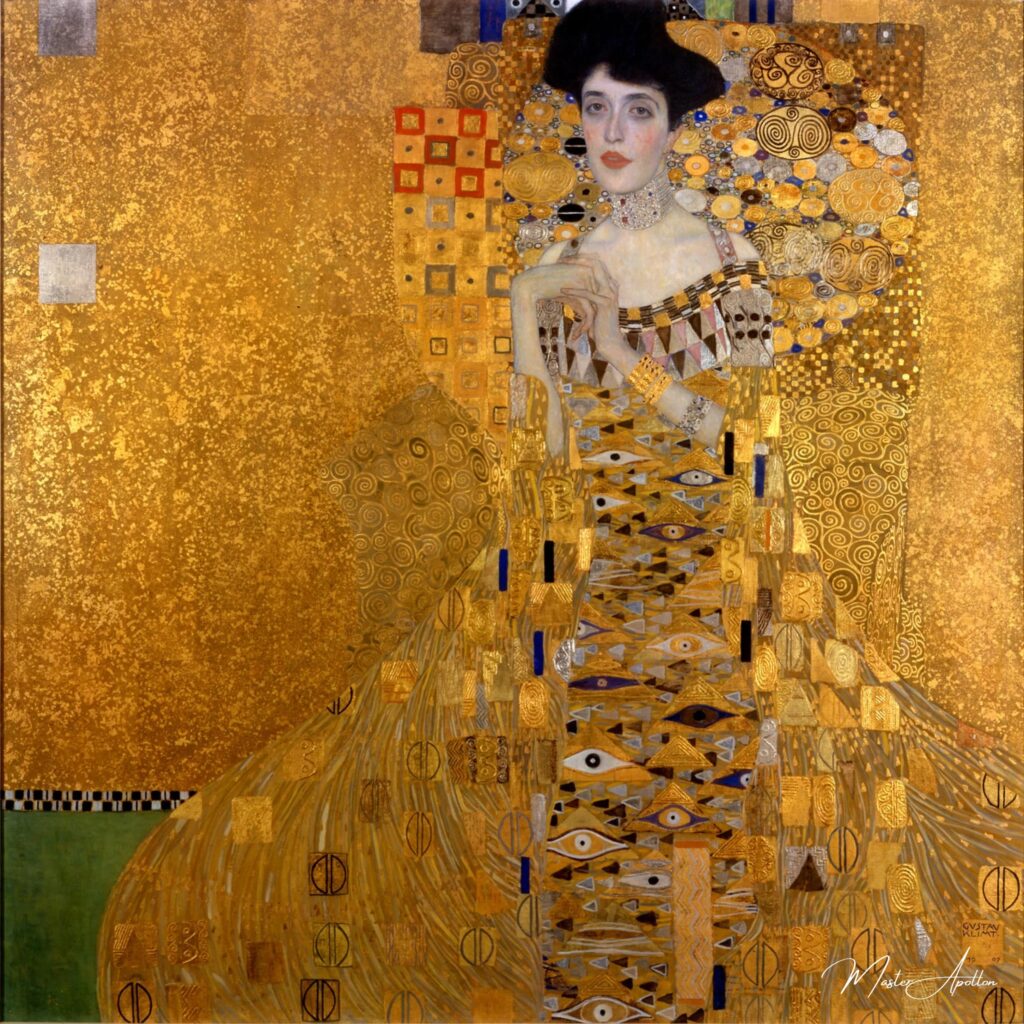
Portrait of Adele Bloch-Bauer I – Gustav Klimt
This oil painting reproduction of “Portrait of Adele Bloch-Bauer I” by Gustav Klimt is a stunning masterpiece that exudes elegance and sophistication. Crafted with the highest quality materials and meticulous attention to detail, this reproduction captures the essence of the original artwork with remarkable precision.
The rich colors, intricate patterns, and shimmering gold accents of Klimt’s …
Gustav Klimt’s Portrait of Adele Bloch-Bauer I: Art, Opulence, and Restitution
Gustav Klimt’s Portrait of Adele Bloch-Bauer I (1907), also known as The Lady in Gold or The Woman in Gold, is a masterpiece of both artistic innovation and historical significance. Commissioned by a wealthy Jewish industrialist, the painting embodies the opulence of Vienna’s Belle Époque while capturing the essence of Klimt’s “Golden Phase.” However, beyond its stunning aesthetic, the portrait’s journey through time is a complex story of Nazi looting, the quest for justice, and the moral implications of art restitution.
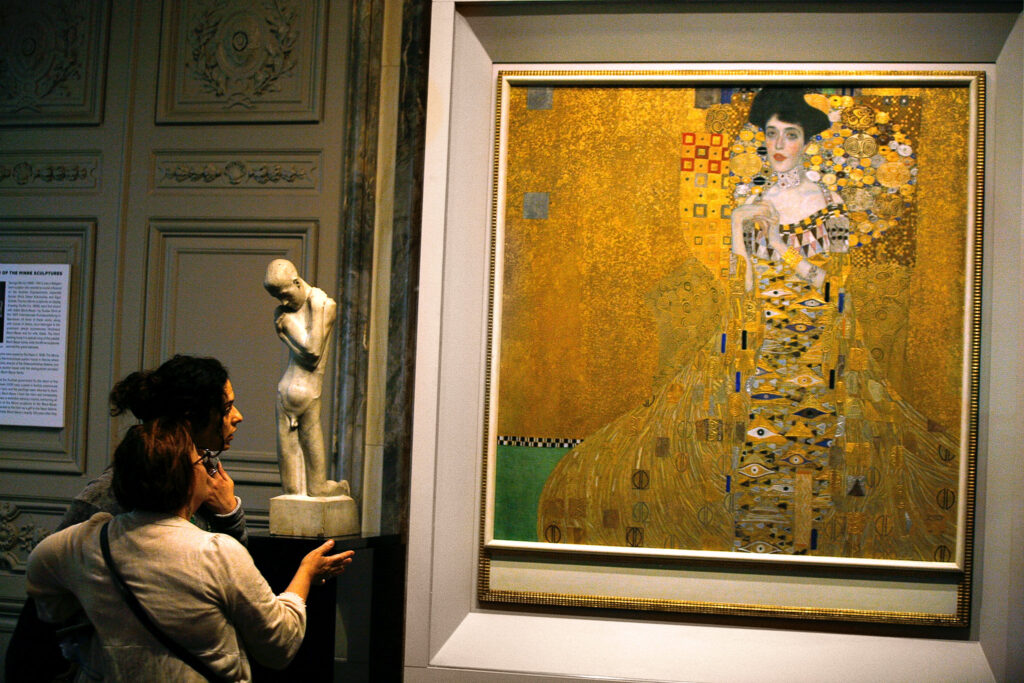
Art and Opulence in Fin-de-siècle Vienna
At the turn of the 20th century, Vienna was a hub of cultural and artistic revolution. Fin-de-siècle Vienna, known for its extravagant and innovative spirit, saw an explosion of artistic expression, patronage, and intellectual thought. This period, often referred to as the Belle Époque, reflected a society eager to indulge in beauty and innovation, particularly among the city’s wealthy Jewish bourgeoisie.
The portrait of Adele Bloch-Bauer is a prime example of this cultural flourishing. Adele’s husband, Ferdinand Bloch-Bauer, a wealthy industrialist and art collector, commissioned the work from Klimt in 1903. Adele herself, an intellectual and socialite, was a pivotal figure in Viennese society, and her portrait would capture her status, elegance, and connection to the city’s artistic scene.
This work represents not just the portrait of a woman but a glimpse into the world of artistic patronage in Vienna at its height. For Klimt, this commission was an opportunity to explore new techniques, blending traditional portraiture with avant-garde elements inspired by his travels and encounters with other art forms, particularly the mosaics of Byzantine Ravenna.
Gustav Klimt’s Golden Phase
Klimt’s “Golden Phase” is perhaps the most recognizable period of his artistic career. Marked by his innovative use of gold leaf, intricate patterns, and a fascination with Byzantine iconography, this phase culminated in a series of masterpieces that set him apart from other artists of his time.
The Portrait of Adele Bloch-Bauer I is the quintessential example of Klimt’s golden style. The painting is adorned with gold and silver leaf, creating a shimmering, otherworldly effect that envelops the viewer. Adele is depicted in a highly stylized manner, her figure almost blending into the intricate background, yet her gaze remains striking and direct. The geometric patterns in the background and on her gown draw clear inspiration from the Byzantine mosaics Klimt had studied during his travels to Ravenna, further emphasizing the blend of portraiture and iconography in the work.
This use of gold not only highlights the opulence of the time but also imbues the painting with a sense of timelessness, elevating Adele from a mere subject to a symbol of eternal beauty and luxury.
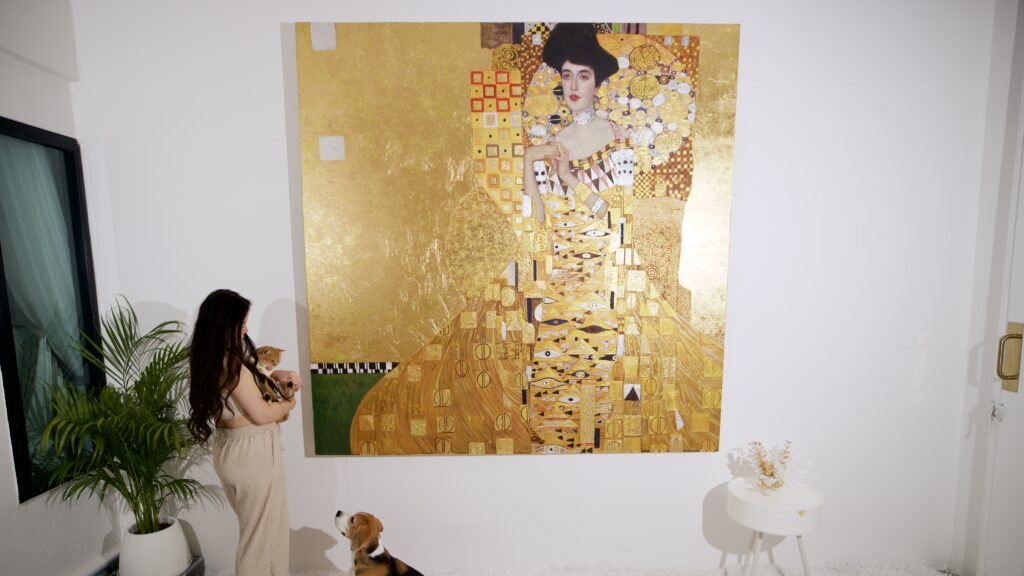
Description and Symbolism
The Portrait of Adele Bloch-Bauer I is rich in symbolism. Adele is adorned with intricate jewels and wears a gown covered in geometric and organic patterns. The golden background makes her seem almost divine, elevating her from a mere portrait sitter to an icon of femininity, beauty, and mystery. The painting blurs the lines between realism and abstraction, with elements that suggest both personal symbolism and Klimt’s broader artistic vision.
Some interpretations of the painting suggest an element of erotica, which is characteristic of Klimt’s work. Adele’s bare shoulders and intense gaze draw the viewer into a moment of intimacy, while the lavish use of gold speaks to both her status and the era’s fascination with wealth and beauty.
Critical Reception
When the portrait was first unveiled, it received mixed reviews. Some critics found the use of gold excessive and the composition too flat, while others admired Klimt’s bold departure from traditional portraiture. Over time, however, the painting gained recognition as one of Klimt’s most significant works, celebrated for its technical innovation and emotional depth.
Today, the Portrait of Adele Bloch-Bauer I is one of Klimt’s most celebrated works, emblematic of his ability to merge traditional portraiture with groundbreaking modernist techniques.
Nazi Looting and Adele’s Will
The painting’s story took a dark turn in the 20th century, as it became inextricably linked to the history of Nazi looting during World War II. After the Anschluss in 1938, Austria was annexed by Nazi Germany, and the Bloch-Bauer family, being Jewish, faced persecution. Ferdinand Bloch-Bauer’s assets, including the Portrait of Adele Bloch-Bauer I, were seized by the Nazis.
While Adele had willed the painting to the Austrian state gallery upon her death in 1925, this will was not legally binding, as the painting was owned by Ferdinand at the time of her passing. Despite this, the Nazis appropriated the artwork, and it remained in Austrian possession for decades after the war, displayed prominently in Vienna’s Belvedere Gallery.
The Quest for Restitution: Maria Altmann’s Legal Battle
The painting’s story of restitution became one of the most high-profile legal battles in the history of art. Maria Altmann, the niece of Ferdinand and Adele Bloch-Bauer, embarked on a decades-long legal struggle to reclaim the painting that rightfully belonged to her family. Her battle highlighted the moral and legal complexities surrounding the restitution of Nazi-looted art.
The Austrian government refused to return the painting for many years, citing Adele’s will as justification for retaining the work. However, in 2006, after a landmark case that reached the US Supreme Court, the painting was finally returned to Altmann. The ruling set a precedent for other cases of art restitution and raised important questions about historical justice and the ownership of cultural heritage.
Sale and Legacy
Following the painting’s return to Maria Altmann, it was sold to Ronald Lauder for a record-breaking $135 million, one of the highest prices ever paid for a painting at the time. Lauder placed the work in the Neue Galerie in New York, where it remains on public display, fulfilling Altmann’s wish for the painting to be accessible to the public.
The painting’s story has been the subject of several books, documentaries, and even a 2015 feature film, Woman in Gold, which starred Helen Mirren as Maria Altmann. The film helped bring wider attention to the issue of Nazi-looted art and the ongoing struggle for restitution.
Art, Restitution, and the Morality of History
The saga of the Portrait of Adele Bloch-Bauer I is not just a story about art; it is a story about justice, memory, and the lasting impact of history. The painting serves as a reminder of the cultural theft perpetrated during the Holocaust and the moral imperative to address these wrongs.
As investigative journalist Hubertus Czernin once said, the refusal to return Nazi-looted art is “a double crime”—a continuation of the injustices perpetrated during the war. The painting’s return to Maria Altmann was a victory not just for her family but for the broader movement toward restitution and the recognition of historical injustices.
Conclusion
Gustav Klimt’s Portrait of Adele Bloch-Bauer I stands as a testament to the opulence of fin-de-siècle Vienna, the artistic genius of Klimt, and the complex moral questions surrounding art and restitution. Its journey from a private commission to one of the world’s most famous paintings, looted by the Nazis and eventually reclaimed, speaks to the enduring power of art and the importance of historical justice.
Gustav Klimt
Gustav Klimt was an Austrian Symbolist painter renowned for his gilded, decorative style, sensual depictions of the human form, and masterpieces such as The Kiss and Portrait of Adele Bloch-Bauer I, which explore themes of love, beauty, and the intricate connection between art and life.
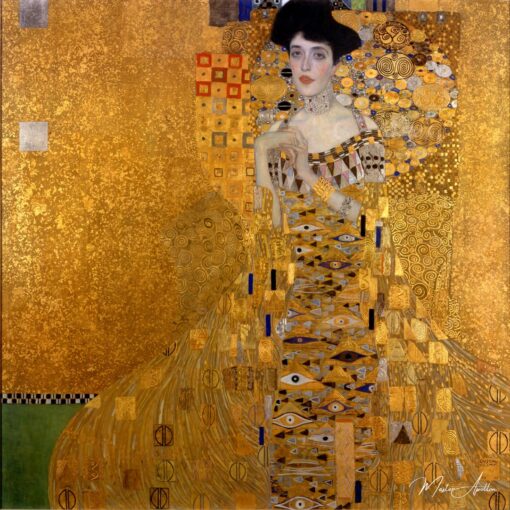
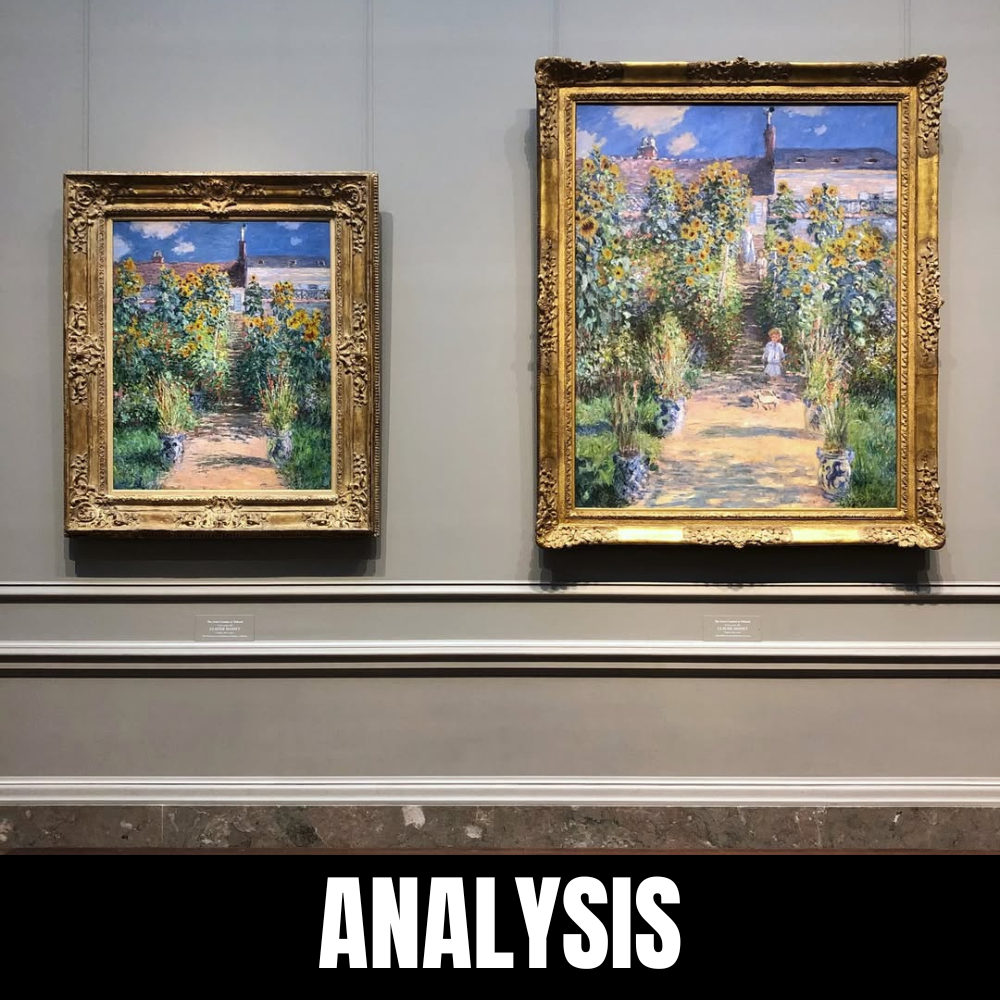
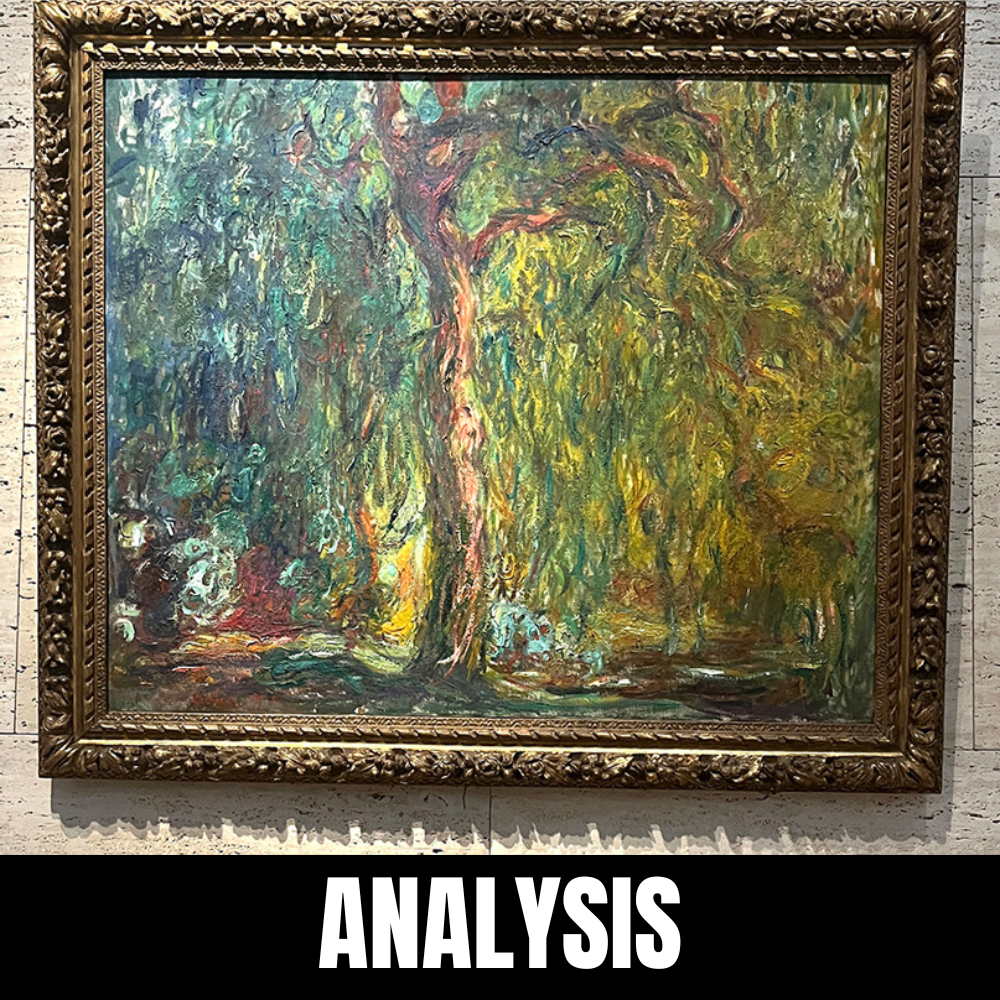
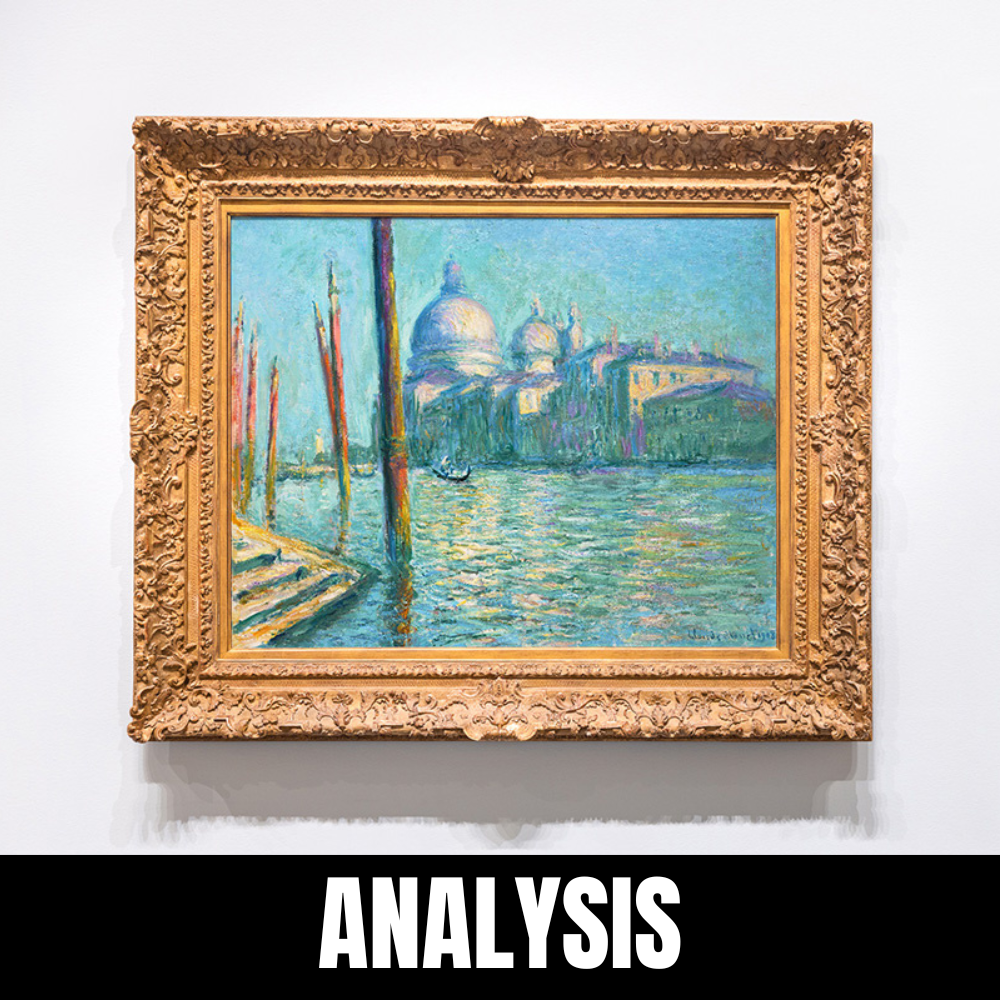
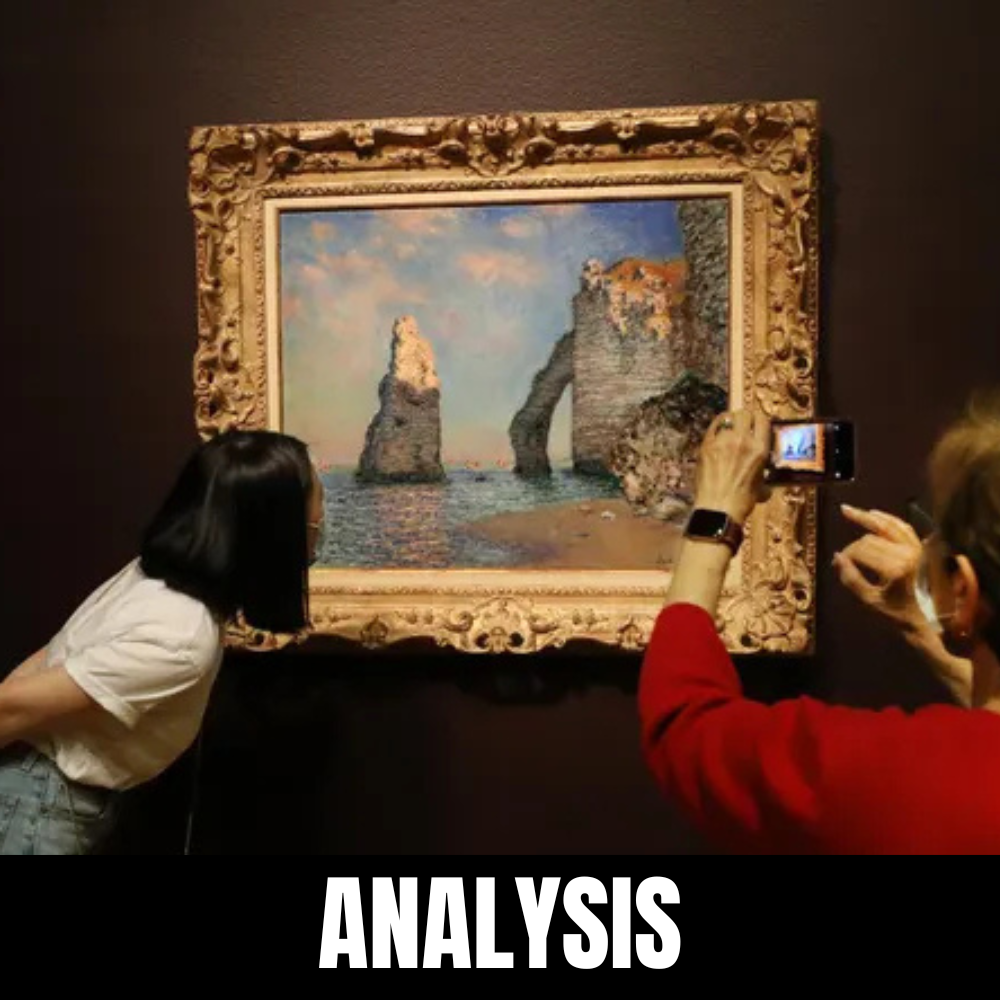
Leave a Reply